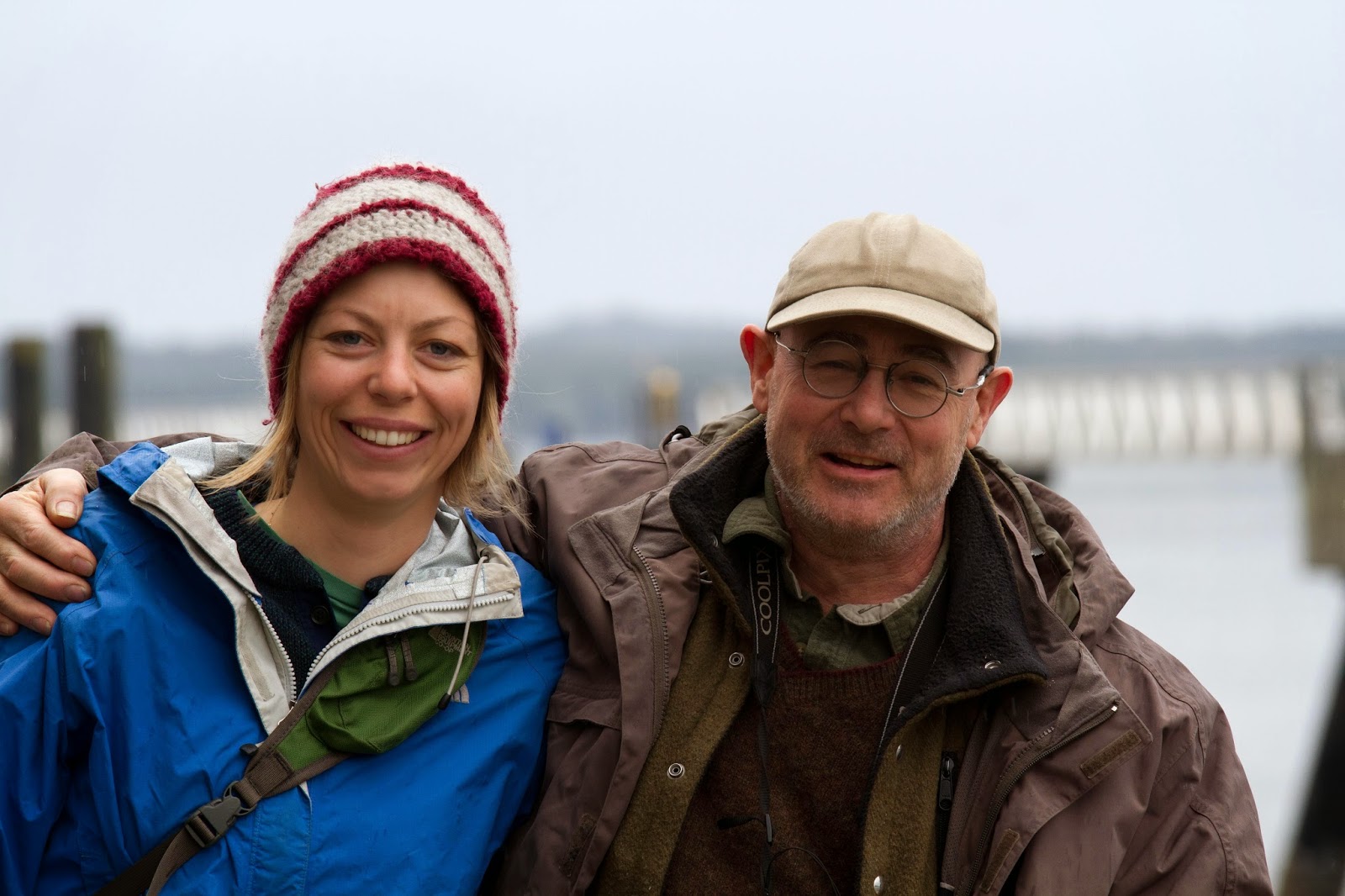This lava bed, located 100km or so north of Terrace BC, created a scar in the forest that flowed for kilometers. The entire area look similar to this photo.
(extract from Wikipedia - sorry for the educational sidebar)
(This site) "is believed to be the site of Canada's most recent volcanic eruption and lava flow, a geological disaster that killed an estimated 2,000 people.[3] Nisga'a oral histories record the names of two villages destroyed in the eruption, Wii Lax K'abit and Lax Ksiluux.
The source of the eruption was the Tseax Cone. Large lava flows dammed the Nass River and destroyed two villages of the Nisga'a people around the year 1700. Lava beds rise as much as 12 metres above the modern road.
Several Nisga'a people dug pits for shelter but approximately 2,000 Nisga'a people died due to volcanic gases and poisonous smoke (most likely asphyxiation by carbon dioxide).[3] The Nisga'a story of the destruction is Canada's worst known geophysical disaster.
Volcanism at the Tseax Cone is caused by the rifting of the Earth's crust where two parts of the North American Plate are breaking apart. The cause of this rifting is the result of the Pacific Plate sliding northward along the Queen Charlotte Fault, on its way to the Aleutian Trench."
The reason the lava does not look like "rock" is that the lava is covered by moss and lichen, giving it the appearance of being carpeted. In fact, walking on it felt like walking on a shag carpet covering broken balls of glass.
The trail head.
Crop of the photo above showing Chris in the distance. While we did see moose droppings, some small birds, and many butterflies, little other animal life was apparent among the lava. Chris noted that the many streams that to slow towards the lava appeared to drain under the lava, ultimately running into a lava flow created lake.
Reindeer lichen present in a couple of colours and on every exposed surface.
Interspersed among the lichen were ferns and other small plants.
"British soldiers" lichen added colour, but you had to look for it.
And growing on the underside of large boulders out of the direct sunlight - moss
Prior to heading off to Prince Rupert we travelled to the end of the road - a small fishing village called Gingolx, hoping to purchase freshly caught salmon. While this was ultimately futile, we came across this dock. clear direction in the rule on the signage, and the reality experienced. Almost believed my kids worked here.
We headed off to Prince Rupert, and long the way we passed this granite reminder of the volcanic history of the area. This photo does not do the immense size justice.
Given the area is a temperate rainforest, it should be no surprise that there were many small falls along the way.
Along side of the highway was a single track that was visible. I say this as we passed a very long west bound train west to meet an east bound longer train. Not sure what to expect, we "gum booted" past the train. The next day we we came across this Mexican standoff. As I did not hear of a disaster happening, I assume that switching rails, while not visible from the highway, were utilized all the same.
Morning mist in the fiord.
While in Prince Rupert, we were hosted by Stephanie and Dexter (not in photo), a nurse and engineer who had recent moved to Prince Rupert, and loving the outdoor lifestyle inherent in the area.
As part of our introduction to the area, they took us on a walk through the rainforest to the Butze
rapids. Of course, it was raining. While most of the trees paled compared to Cathedral Grove on Vancouver island, this cedar certainly was of the same vintage.
An area called grass lands where a number of small pines had a foothold.
Lichens could also be seen here.
And mosses everywhere
As the week closed, I found my way back towards Calgary, following the same path taken a few days earlier. The weather continued to have flurries, which did not seem to bother this herd of mountain sheep
Wind blowing onto the mountain.
One final stop, the Athabaskan falls. I need to return to this area to explore it further at a future time.































Comments
Post a Comment